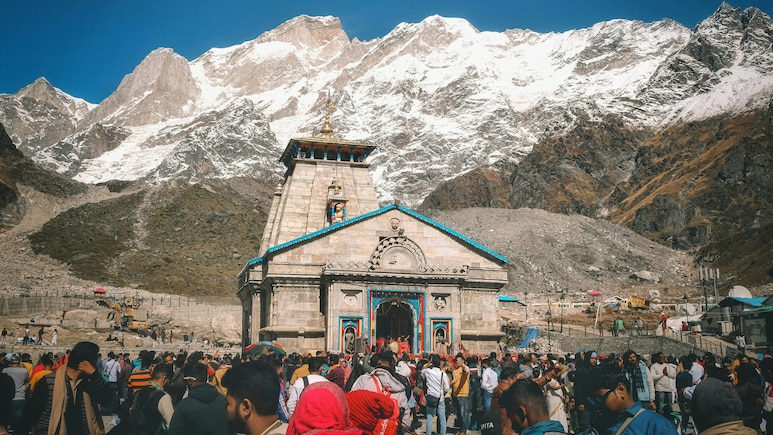
- Char Dham Yatra in September offers serene, less crowded pilgrimage conditions post-monsoon
- September temperatures range from 10°C to 20°C by day and 2°C to 5°C at night at altitude
- Temple visits are more peaceful in September with shorter queues and calm rituals
If you have been waiting for the right moment to begin your Char Dham Yatra, September might just be your divine cue. The Char Dham Yatra covering Yamunotri, Gangotri, Kedarnath, and Badrinath is one of India's most sacred pilgrimages. While May and June see peak footfall, September quietly offers something more precious: serenity. Nestled between the chaos of monsoon and the chill of winter, this post-monsoon window brings clear skies, lush landscapes, and fewer crowds. In fact, this is the month when the yatra becomes less about endurance and more about presence.
Why September Is The Best Time For Char Dham Yatra?
After the rains retreat in late August, the Himalayas come alive. Valleys turn lush, rivers regain their clarity, and waterfalls gush with renewed energy. The air feels crisp, the skies open up, and the entire Char Dham route, from Barkot to Joshimath, looks freshly washed.
Temples, often weather-worn during monsoon, are cleaned and restored. As one priest in Uttarkashi shared, "September is when the mountains breathe again. The yatra becomes less about endurance and more about presence." The season not only enhances the landscape but also creates a spiritual setting that feels more personal and calm.
Also Read: Nanda Devi Set To Reopen After Four Decades: What Travellers Should Know
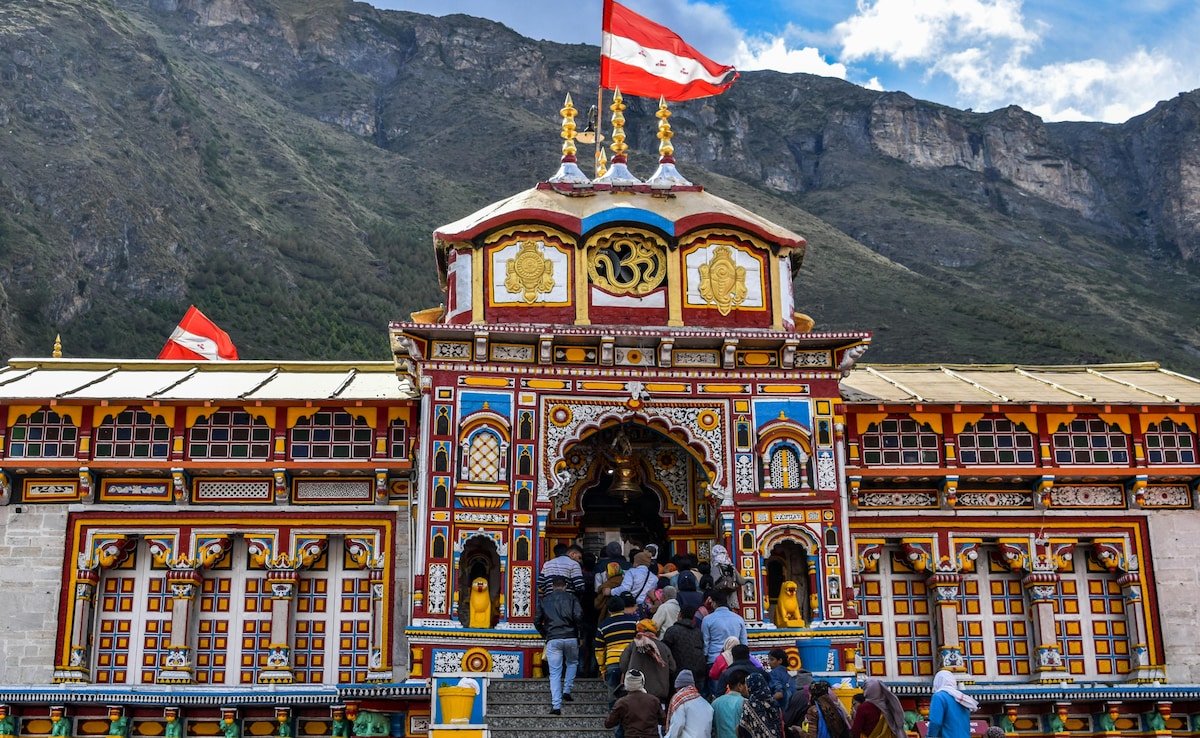
Photo Credit: Pexels
Is It Safe To Travel For Char Dham Yatra In September?
Yes. September is considered one of the safest months to undertake the yatra. Daytime temperatures range between 10 degree Celsius and 20 degree Celsius, while nights dip to 2-5 degree Celsius at higher altitudes. Humidity drops significantly, and the risk of landslides, common in July and August, reduces. This makes treks to Kedarnath and Yamunotri more manageable, especially for elderly travellers and families.
With better road conditions and clearer weather, safety concerns that dominate the peak monsoon season are largely behind you by September.
Darshan Experience During Char Dham Yatra In September:
One of the biggest perks of travelling in September is the quietude. With the summer crowds gone, your temple visits feel more personal and unhurried.
- Shorter queues: Expect quicker entry to shrines, saving hours of waiting.
- Peaceful rituals: Attend evening aartis without jostling for space.
- Direct interactions: Temple priests often have more time for conversations and blessings.
- Festive touch: Pitru Paksha and Ganesh Visarjan add unique layers of spiritual significance.
This combination of serenity and tradition makes September a standout month for darshan.
Also Read: 7 Unique Spiritual Experiences In India You'll Never Forget
Best Time For Photography On Char Dham Yatra
If you love capturing landscapes, September is a dream. The skies clear up, the foliage glows post-monsoon, and the snow peaks reveal themselves in their full glory.
- Golden light: Crisp mornings and evenings bathe temples and valleys in soft hues.
- Seasonal beauty: Forests near Gangotri and Badrinath glow with autumn tones.
- Iconic shots: Temple bells against blue skies, pilgrims along forest trails, rivers sparkling in sunlight.
Pro tip: Carry extra batteries and memory cards - every corner begs to be photographed. This month gives photographers the rare trifecta of colour, clarity, and calm.
Also Read: Planning A Wellness Retreat In India? These 7 Destinations Are Worth The Journey
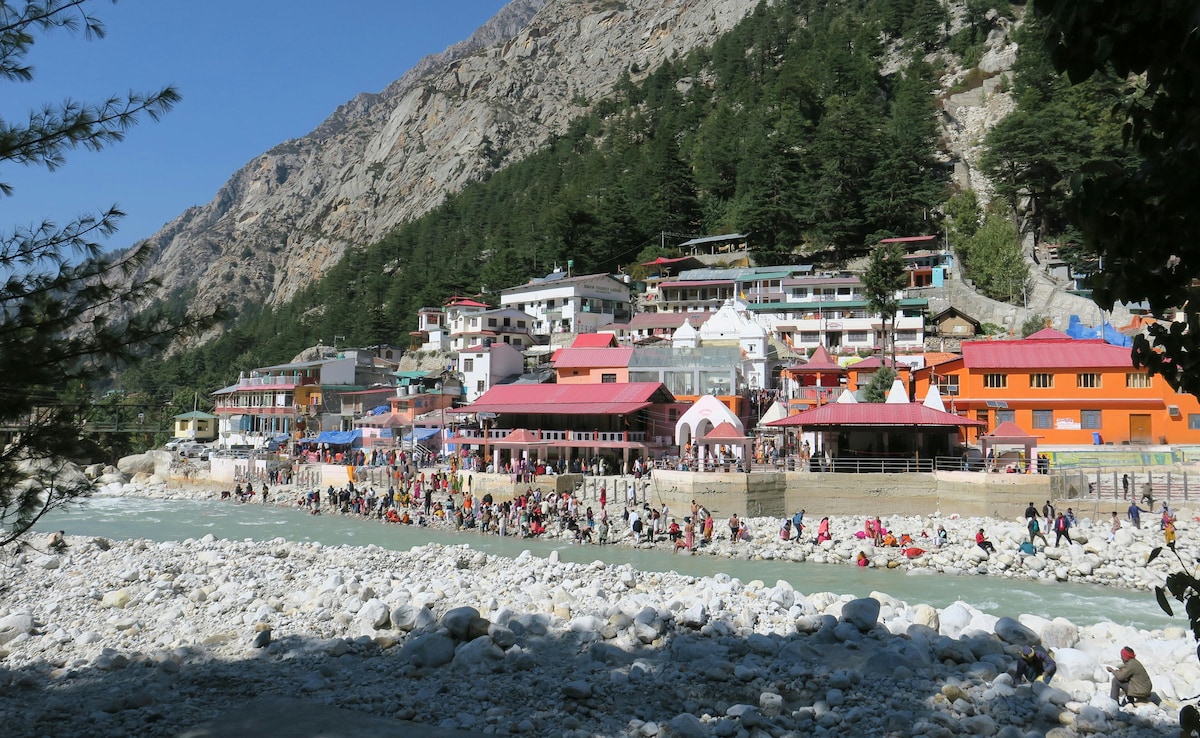
Photo Credit: Pexels
Health And Fitness Tips For Char Dham Yatra In September:
While September offers safer conditions, the Char Dham Yatra still demands physical readiness. The high-altitude terrain, steep treks, and thinner oxygen levels can challenge even seasoned travellers. Preparing in advance makes the journey smoother and more fulfilling.
- Acclimatisation: Spend a day at mid-altitude towns like Joshimath or Guptkashi before ascending to Kedarnath or Badrinath. This helps reduce altitude sickness.
- Fitness Prep: Light cardio exercises, yoga, or brisk walking in the weeks leading up to the trip can improve stamina.
- Hydration: Drink plenty of water, but avoid overexertion. Carry ORS sachets for long treks.
- Medical Check-up: Elderly pilgrims and those with heart or respiratory conditions should consult a doctor before travelling.
- Oxygen Support: Portable oxygen cylinders are available en route and can be helpful for those prone to altitude discomfort.
By focusing on health and fitness, you ensure that the spiritual experience is not interrupted by physical strain.
Also Read: Chota Char Dham Yatra: Uttarakhand's 4 Sacred Temples For A Soul-Stirring Journey
What To Pack For Char Dham Yatra 2025?
September in the Himalayas offers stunning post-monsoon beauty, but the terrain and temperatures can shift quickly. Whether you are trekking to Kedarnath or driving through Joshimath, a well-packed bag is essential.
1. Clothing Essentials
- Layered clothing: Mornings and evenings can be chilly, especially above 3,000 metres. Pack thermal inners, fleece jackets, and a windproof outer shell.
- Rain protection: While the monsoon has mostly retreated, occasional showers are still possible. A poncho or waterproof jacket is a must.
- Comfortable trekking wear: Quick-dry pants, breathable tops, and a shawl or scarf for temple visits.
2. Footwear
- Trekking shoes with grip: Choose ankle-support shoes with a rugged sole for uneven paths and slippery slopes.
- Light sandals or floaters: Useful for evenings or temple visits where shoes are not allowed.
3. Health And Safety
- First aid kit: Include band-aids, antiseptic cream, painkillers, ORS, and altitude sickness tablets (if prescribed).
- Personal medications: Carry enough for the entire trip, as pharmacies may be limited in remote areas.
- Sunscreen and lip balm: The sun can be harsh at high altitudes.
4. Spiritual Essentials
- Rudraksha mala, prayer book, offerings: Many pilgrims carry small items for temple rituals or personal meditation.
- Temple-friendly attire: Modest clothing is appreciated at all shrines.
5. Food And Hydration
- Reusable water bottle: Stay hydrated, especially during treks.
- Dry fruits and snacks: Energy bars, nuts, and glucose biscuits are great for long travel days.
- Cash: ATMs are sparse in high-altitude zones. Carry enough for local purchases and emergencies.
6. Tech And Travel
- Torch or headlamp: Useful during early morning treks or power cuts.
- Power bank: Charging points may be limited.
- ID and permits: Keep photocopies of your Aadhaar, travel permits, and hotel bookings.
Also Read: 7 Temple Towns In India That Are Architectural Masterpieces
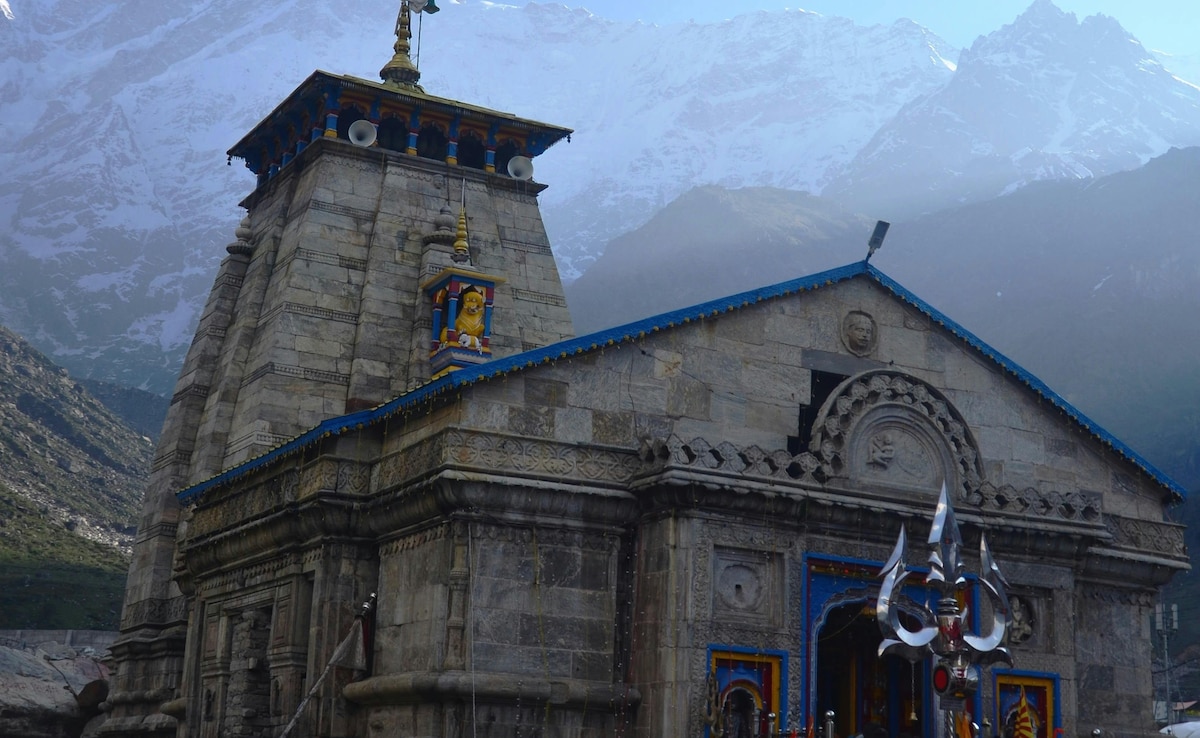
Photo Credit: Pexels
Closing Dates Of Char Dham Yatra Temples:
September is the month when all four Himalayan dhams remain open. After this, closures begin in mid-October as winter approaches.
Tentative closing dates for 2025:
- Yamunotri and Gangotri: October 18
- Kedarnath: October 20
- Badrinath: November 2
These dates are based on temple traditions and local weather forecasts. The exact closing day is often confirmed closer to the date, depending on snowfall and priest consensus. Travellers planning a late September yatra should keep these schedules in mind.
Travel Tips For Char Dham Yatra In September:
September is a great month for the yatra, but timing and planning make all the difference. Weekdays in mid-September are your best bet for smooth travel and peaceful darshan.
- Avoid peak dates: Weekends, Pitru Paksha, and Navratri often bring higher footfall.
- Plan stays wisely: Towns like Guptkashi and Joshimath fill up fast as temple closing dates approach - book early.
- Travel light but smart: Weather swings are common; pack layers and rain protection.
- Start early in the day: Morning drives and treks are safer and more scenic.
IRCTC's Pan-India Char Dham Yatra Train Tour:
Traditionally, the Char Dham Yatra refers to the sacred Himalayan circuit of Yamunotri, Gangotri, Kedarnath, and Badrinath. But in 2025, the journey has expanded in scale and accessibility. With IRCTC's newly launched Bharat Gaurav Deluxe AC Tourist Train, pilgrims can now experience a pan-India Char Dham circuit that connects the four cardinal shrines: Badrinath (North), Puri Jagannath (East), Rameswaram (South), and Dwarka (West). The 17-day tour begins on September 5, 2025, from Delhi's Safdarjung station.
What The IRCTC Char Dham Package Includes?
- AC train travel
- Hotel accommodations
- All vegetarian meals
- Transfers and sightseeing in AC vehicles
- Travel insurance
- Services of IRCTC tour managers
Cost Of The IRCTC Char Dham Package:
- Rs. 1,26,980 (3AC)
- Rs. 1,48,885 (2AC)
- Rs. 1,77,640 (1AC cabin)
- Rs. 1,92,025 (1AC coupe)
For further details on the Indian Railways' Char Dham Yatra package, click here.
Also Read: Planning A Wellness Retreat In India? These 7 Destinations Are Worth The Journey
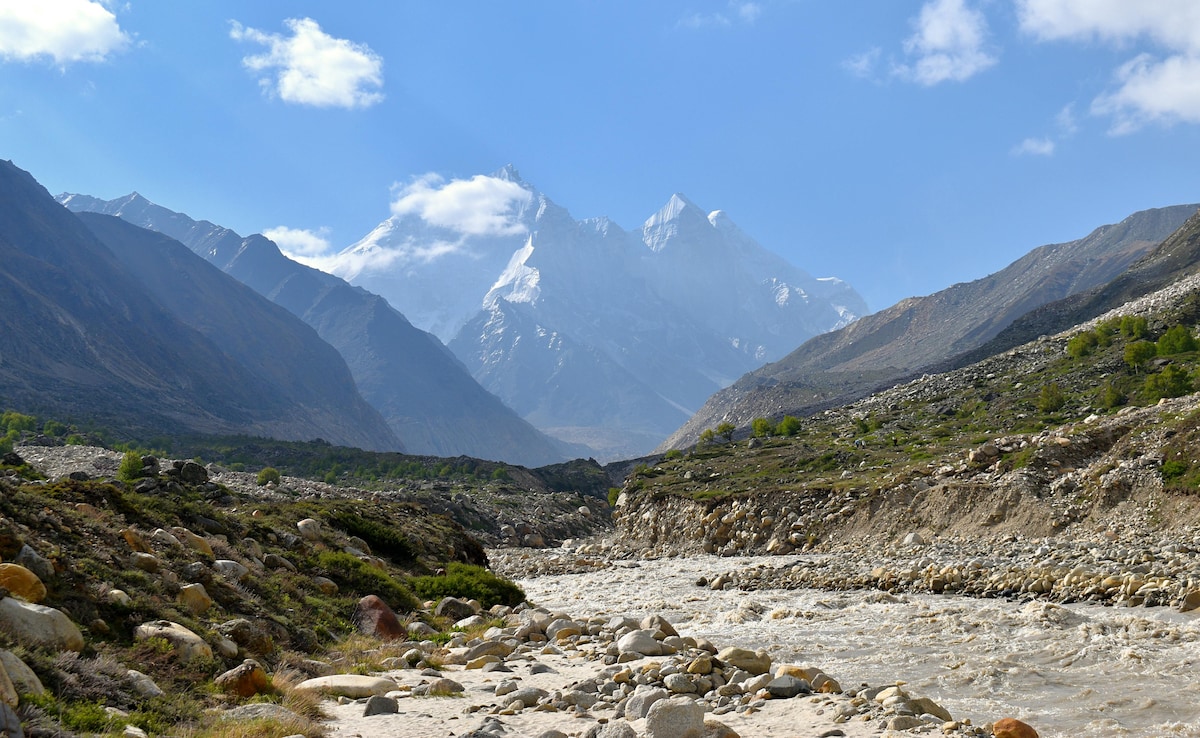
Photo Credit: Pexels
The Bottom Line:
The Char Dham Yatra is all about the journey, the silence between chants, the sacred mountain air, and the stories that unfold along the way. The September season offers a rare chance to experience all of this without the rush, the noise, or the weather worries. In September, the Himalayas do not just welcome you, they whisper back.
Track Latest News Live on NDTV.com and get news updates from India and around the world

